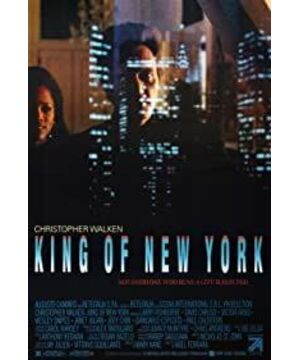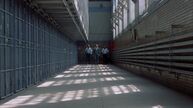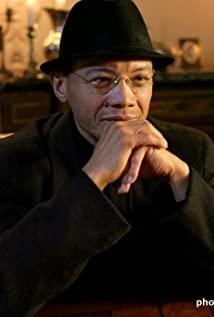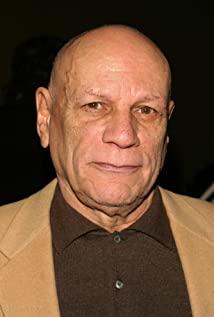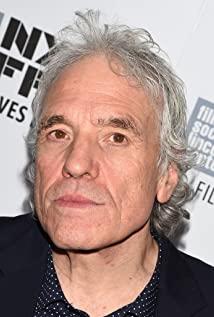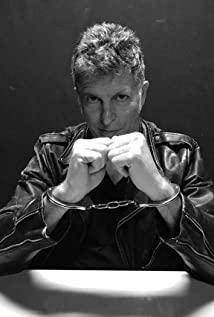"Bad Lieutenant" is regarded as Ferrara’s most well-known work. The whole film is full of killing, drugs, sensuality, crudeness, depravity, and the endless night, even if Harvey Keitel finally finds some survival through his temper. For his courage, he was immediately shot and killed in a car on the street. After the end, the inexplicable and strange worship of death and night seems to be the label of Ferrara's movies. As an independent film representative who is obsessed with Hong Kong violent films and likes to carry a camera through the poor streets of New York, Ferrara’s films are different from the other independent authors, such as Jia Muxu, in his film narrative. Loose, relying on a strong form and style to win: under the night of light and shadow, the crisis-ridden New York City, the gray characters who are anxious and painful but can't escape their fate, the depraved life intertwined with gunpowder and the flesh, the sense of dampness, depression and loneliness, all this gives Ferrara's movies are a niche and aloof pathological character.
Ferrara's fascination with the night is well known. He even made an experimental film directly named "Night Addiction" in 1995, using a vampire to express his fascination with the night. Christopher Walkenja in the film is evil, which is very suitable for Ferrara's "ruin" image. In fact, Walken and Ferrara did not only cooperate this time. In addition to the avant-garde "Night Addiction", there are two more mainstream and well-known works, one is "Funeral" in 1996, and the other is "Funeral" in 1996. The part is "The King of New York", which has been controversial among small circle of movie fans. Both "Funeral" and "The King of New York" are Ferrara's attempts to combine the fierceness of Hong Kong films with the edge of independence. In fact, Ferrara has already made similar attempts in the earlier "Age of Fire Dragon" It's just that "The King of New York" and "The Funeral" present a purer look. Of course, in addition to the outerwear of Hong Kong films, the film still has a Ferrara style of decadence, and compared to the slightly absurd "Funeral", "The King of New York" is colder.
The film begins with Walken, who is like a jackal, returning to the rivers and lakes, and ends with Walken being shot and dying lonely in a taxi. During the period, it is full of a strong "breakdown" atmosphere. Sucking white powder and dancing in the dark room with dance music like a devil, when the sudden killing gun fire hits, there is no power to resist, the helplessness of death runs through the whole film, accompanied by enchanting smoke and night street lights flooded in the inescapable In fate. Ferrara’s films like to show two kinds of things in concrete terms-sad death and female flesh, and respectively show his love for these two things in "The Last Day of the Earth" and "The Story of Gogo Dance". The performance is vivid and vivid, "The King of New York" is no exception, but whether it is a coquettish female color or a bloody carnage, Ferrara has a stage-like dignity and deformed elegance under the thick screen of Ferrara. Walken held the hostess’s breast in his hand and pulled out a pistol in the dark subway to warn the gangsters. Fishburne, struggling with several bullets, rolled on the wet ground and pierced the quiet night sky with a strange roar. This situation is both evil and profound.
Abel Ferrara is destined to be only sought after by the niche because of his niche works, but for a geek who has long insisted on independent production, this is enough. In my opinion, if Woody Allen's shots show the beauty of New York, and Martin Scorsese's shots show the beauty of New York history, then Abel Ferrara's shots show the evil beauty of New York. He is like a magnificent flower of evil hiding in the night, using his camera to record the other side of New York.
View more about King of New York reviews


